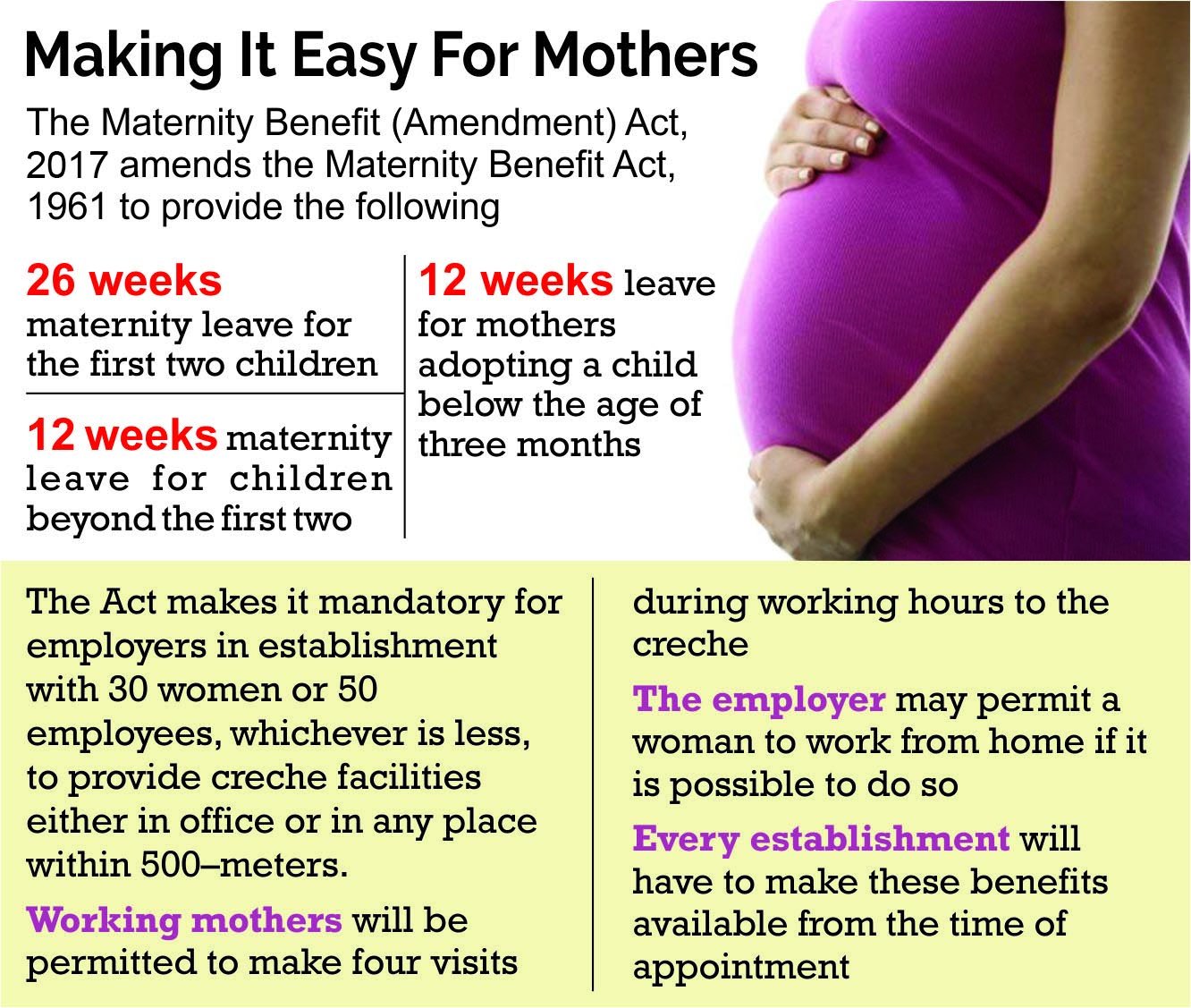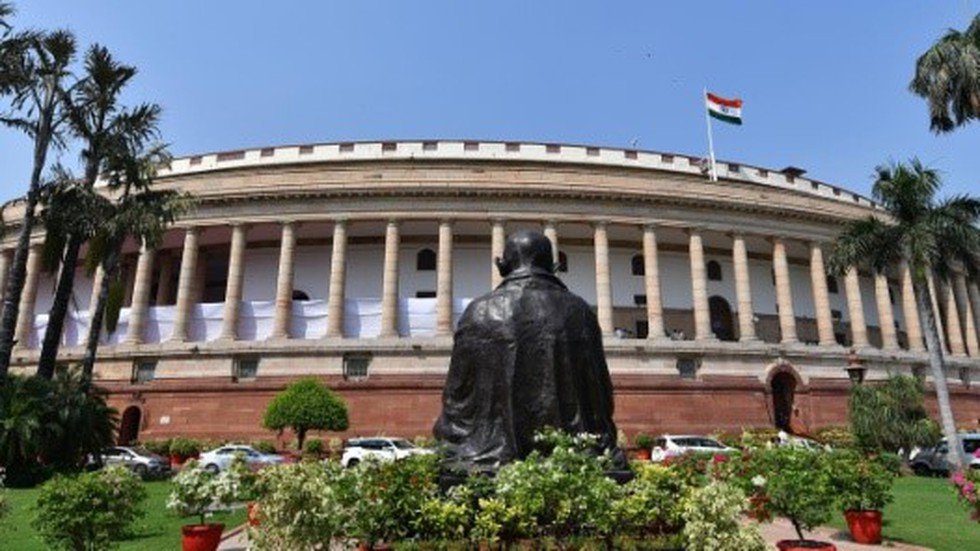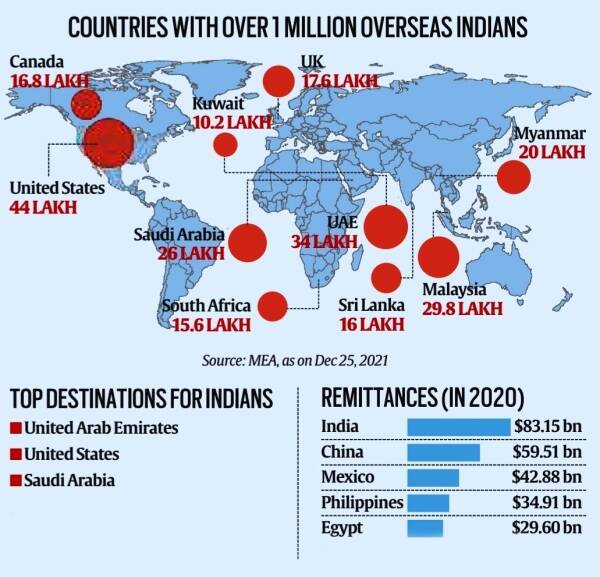
Panchayats Extension to Scheduled Areas Act
Subscribers of "Current Affairs" course can Download Daily Current Affairs in PDF/DOC
Subscribe to Never Miss an Important Update! Assured Discounts on New Products!
Must Join PMF IAS Telegram Channel & PMF IAS History Telegram Channel
- Context (PIB): The Ministry of Panchayati Raj (MoPR) is organising a “Two-Day Regional Conference on Strengthening the PESA Act, 1996.
- Technical Sessions have been scheduled on the themes of-
- ‘Effectiveness of Gram Sabhas in PESA Areas, including their role in Ease of Living in these areas,’
- ‘Minor Forest Produce & Minor Minerals in PESA Areas,’
- ‘Role of Non-Government Stakeholders in Strengthening the implementation of PESA’.
- ‘Land Laws and Money Lending Laws in PESA Areas’
- ‘Enforcement of excise-related provisions in PESA areas’
- ‘Augmentation of Own Source Revenue (OSR) of PESA Panchayats’
- This Regional Conference aims to evaluate the progress of States in the implementation of PESA and its impact at the grassroots level.
- PESA is the cornerstone of tribal law in India, supporting self-governance and acknowledging traditional decision-making processes.
About PESA, 1996
- PESA,1996, was enacted in response to the Bhuria Committee’s 1995 recommendations for tribal self-rule in India’s scheduled areas.
- This was passed to ensure that the scheduled area’s residents (not covered by the 73rd CAA) had access to self-government through Gram Sabhas.
- This act expands the provisions of Part IX to the Scheduled Areas of India.
- PESA grants the Gram Sabha absolute authority, ensuring their autonomy without higher-level interference.
- State legislature holds an advisory role in the operation of Panchayats and Gram Sabhas.
- The MoPR is primarily responsible for implementing PESA’s requirements in the states.
73rd CAA & Part IX of the IC
|
Objectives of PESA
- To create gram sabha as the centre of all operations by establishing participatory democracy in local governance.
- To give panchayats the precise power required to address tribal needs adequately.
- To stop panchayats at the higher level of the Gram Sabha from taking over the functions and power of panchayats at the lower level.
- To give tribal communities living in the Scheduled areas the traditional rights over natural resources.
- To affirm the right to self-govern through their forms of self-government.
- To create a proper administrative structure that complies with standard practices.
- To uphold and protect the ethnic communities’ traditions and customs.
Provisions of the PESA Act
- Under the Act, Scheduled Areas are those referred to in Article 244(1).
|
- Strengthening the administrative and financial capacities of panchayats in scheduled areas.
- Establishing mechanisms for conflict resolution and dispute settlement at the local level.
- The following powers & functions have been provided to the Gram Sabhas:
- Right to mandatory consultation in land acquisition, resettlement and rehabilitation of displaced persons.
- Protection of traditional beliefs and the culture of the tribal communities
- Ownership of minor forest products
- Resolution of the local disputes
- Prevention of land alienation
- Management of village markets
- Right to control production, distillation, and prohibition of liquor
- Exercise of control over money-lending
- Any other rights involving the Scheduled Tribes.
Significance of the PESA Act, 1996
- Democratic Decentralisation: PESA empowers gram sabhas to play a vital role in approving development plans and controlling all social sectors.
- While the 73rd Amendment first recognised the terms “gram” and “gram sabha”, PESA gave substance to self-government by delegating power and authority to them.
- Preserving Identity: The powers of gram sabhas include maintenance of cultural identity, control over schemes affecting the tribals, and control over natural resources within the area of a village.
- Conflict Resolution: The PESA Act thus enables gram sabhas to maintain a safety net over their rights and surroundings against external or internal conflicts.
- Public Watchdog: The Gram Sabha could monitor and prohibit the manufacturing, transport, sale, and consumption of intoxicants within their village limits.
- There are two corollaries to the PESA principle that is related to development, notably:
- Any society firmly entrenched in the richness of its culture and way of life can better comprehend progress and modernity.
- Only when a community is built upon the pillars of its culture and way of life can it handle progress and modernity.
- Funds: The Act allows transferring funds to the Gram Sabha and the Gram Panchayat to enable them to perform their functions.
- Land: The Act provides for the protection of the land rights of the tribal communities in the Scheduled Areas and requires that their consent be obtained before any land is acquired or transferred.
Issues and Challenges Related to the PESA Act
- Partial Implementation
- The states still need to modify the Panchayat Raj Act as mandated by PESA. Inadequate implementation has hindered self-governance in places like Jharkhand.
- Rajasthan still need to create the required PESA regulations.
- Chhattisgarh, Madhya Pradesh, and Odisha are among the states that have recently established the regulations for enforcing the act.
- Administrative Hurdles
- Factors include unclear provisions, legislative flaws, bureaucratic indifference, lack of political will, and resistance to changes in the power structure.
- The PESA Act can sometimes conflict with other laws, such as the Forest Rights Act and the Wildlife Protection Act, which can hinder its implementation.
- Followed in Letter Rather than Spirit
- Social audits have revealed that expansion plans were often authorised on paper without genuine discussions and decision-making in Gram Sabha meetings.
- Even in states where rules were formulated, compliance with them could have been better ensured.
- The GOI created additional legislative acts after PESA incorporated many features, diluting its relevance and intent.
- The absence of regulations and various factors have led to a decline in the spirit of PESA. It resulted in increased disputes.
- Gram Sabha-related Issues
- Despite being recognised as a traditional right under PESA, issues persist in the self-governance provisions of Gram Sabhas regarding:
- Customary resources,
- Minor forest products,
- Minor minerals,
- Minor water bodies,
- Beneficiary selection,
- Project approval,
- Control over local institutions, and
- Legality of taking over tribal lands.
- The powers and functions of the Gram Sabha vary across states as state legislatures have discretion in defining their duties and responsibilities.
- Many Gram Sabhas and Gram Panchayats lack trained personnel to perform their functions.
- Limited coverage
- The Act does not cover tribal communities in non-scheduled areas of the country and does not have access to its provisions.
Case Studies of Successful Implementation of the PESA Act
Chhattisgarh
- The state government has implemented the Act in several tribal-dominated districts and has seen positive results. In the district of Sarguja, gram sabhas (village councils) have successfully implemented afforestation and eco-restoration projects.
Andhra Pradesh
- The state government has set up a PESA Cell to monitor the Act’s implementation and provide technical and financial support to the Gram Sabhas.
India’s Tribal Policy
- In India, most tribes are collectively identified under Article 342 (1&2) as “Scheduled Tribes”.
- Part X of IC, The Scheduled and Tribal Areas – Article 244: Administration of Scheduled Areas and Tribal Areas.
- That is the Fifth and Sixth Schedules of the Indian Constitution.
- Panchayats (Extension to Scheduled Areas) Act, 1996 or PESA.
- The Tribal Panchsheel Policy
- Scheduled Tribes and Other Traditional Forest Dwellers (Recognition of Forest Rights) Act, 2006
- Protection of Civil Rights Act, 1955
Tribal Panchsheel Policy
- The Tribal Panchsheel Policy is the Five-Point Tribal Development Formula.
- It is a policy framework in India that promotes the welfare and development of tribal communities.
Key principles of the Tribal Panchsheel Policy
- Protection: Ensuring the protection of tribal rights, culture, and identity.
- Participation: Facilitating the active participation of tribal communities. It is helpful in decision-making processes that affect them.
- Partnership: Encouraging partnerships between tribal communities and the government. To address their specific needs and challenges.
- Empowerment: Empowering tribal communities through education, skill development, and economic opportunities.
- Progress: Promoting inclusive and sustainable development in tribal areas, focusing on healthcare, infrastructure, and livelihood enhancement.





![PMF IAS Environment for UPSC 2022-23 [paperback] PMF IAS [Nov 30, 2021]…](https://pmfias.b-cdn.net/wp-content/uploads/2024/04/pmfiasenvironmentforupsc2022-23paperbackpmfiasnov302021.jpg)











